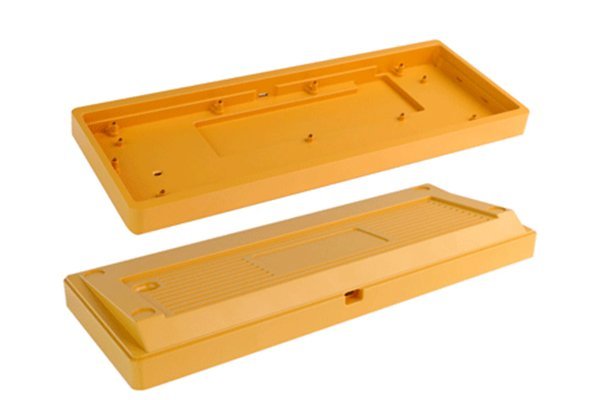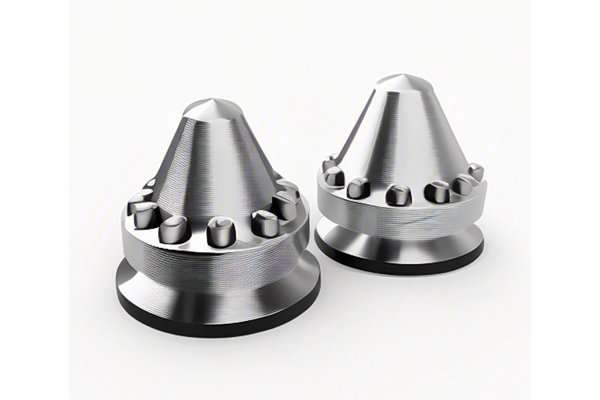Opening:
Did you know that the global CNC machining market is projected to reach $100 billion by 2027? This staggering figure reflects the rapid evolution of materials and technology in the CNC machining sector, driven by constant innovations and an increasing demand for precision manufacturing. As industries ranging from aerospace to automotive and healthcare require more intricate and high-performance components, understanding the latest trends in CNC machining becomes essential for manufacturers, engineers, and business leaders alike.
The Technical Landscape of CNC Machining: Where Are We Now?
CNC (Computer Numerical Control) machining is a process that uses computer-controlled machinery to create parts and products from various materials. This technology has revolutionized manufacturing, allowing for high precision and repeatability that traditional machining methods simply can’t match.
Key Trends in Material Evolution
The quest for lightweight yet strong materials has led to the increased use of composites, titanium, and high-performance polymers (like PEEK and PPS). These materials offer significant advantages in sectors such as aerospace and automotive, where weight reduction can lead to improved fuel efficiency and performance.
Integrating CNC machining with additive manufacturing techniques (such as 3D printing) is gaining traction. This hybrid approach enables the creation of complex geometries that would be impossible through traditional machining alone, while still adhering to stringent quality and precision standards.
Smart materials that respond to environmental stimuli (like temperature or pressure) are becoming more prevalent. These materials can lead to applications that require adaptive features in products, enhancing their performance in dynamic settings.
Technological Progress
Automation in CNC machining has led to the development of smart factories where AI plays a crucial role. AI can predict maintenance needs, optimize production schedules, and enhance quality control measures. With smart sensors and IoT technology, manufacturers can track real-time data to make informed decisions.
The development of cutting-edge tooling materials, such as carbide coated with diamond and cubic boron nitride (CBN), allows for faster machining speeds and improved surface finishes. Consequently, this leads to reduced cycle times and increased lifespans of tools, ultimately enhancing productivity.
The software that drives CNC machining has evolved significantly. Software packages not only streamline the design and simulation process but also integrate with ERP systems for seamless workflow. CAM (Computer-Aided Manufacturing) software is increasingly incorporating AI to improve machining strategies and reduce set-up times.

Addressing Existing Challenges
One of the core challenges in CNC machining is selecting the right material for specific applications. Manufacturers should prioritize understanding both the mechanical properties and the machining characteristics of new materials. A detailed assessment is essential to ensure that the chosen materials will perform as expected in their intended application.
As technology progresses, there is a growing skills gap in the workforce. Companies should invest in training programs to bridge this gap by equipping employees with the necessary skill set to operate advanced CNC machines and utilize software solutions effectively.
The machining industry faces increasing pressure to adopt sustainable practices. Utilizing advanced materials and processes that minimize waste and energy consumption is essential. Manufacturers should focus on recycling and reusing materials and investing in eco-friendly technology.
The Future of CNC Machining
As we look ahead, it’s evident that the intersection of advanced materials and technology will play a pivotal role in reshaping CNC machining. The following trends are expected to emerge:
With advancements in CNC technology, manufacturers will be able to offer a higher degree of customization, addressing the specific needs of individual customers while still maintaining efficiency in production.
As software development continues, manufacturers will benefit from improved simulation tools that can accurately predict machining outcomes before any physical production begins, ultimately reducing errors and costs.
The adoption of Industry 4.0 principles will lead to smarter, more interconnected manufacturing environments. Real-time data sharing among machines will optimize processes, streamline production lines, and reduce downtime, ensuring manufacturers stay competitive in the global market.
In summary, the trends in the evolution of materials and technological progress in CNC machining reflect a busy landscape where innovation is paramount. The integration of advanced materials, automated technologies, and smart practices showcases a path forward filled with potential. Companies devoted to harnessing these technologies can expect not only to survive but thrive in this competitive industrial space.
This blog highlights the importance of staying informed about these developments, providing key insights into how businesses can adapt and modernize their CNC machining practices. By embracing these trends, organizations can enhance production efficiency, improve product quality, and meet the ever-growing demands of their customers. As the machining landscape continues to evolve, remaining proactive and engaged in these advancements will be crucial for continued success.






